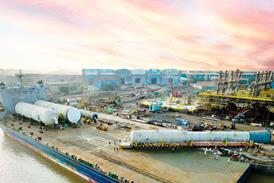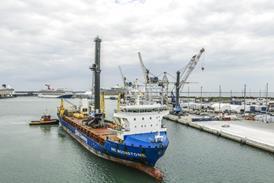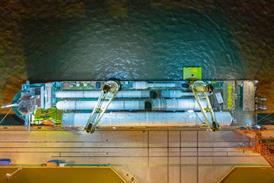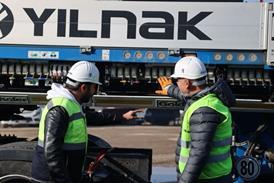The European association of abnormal road transport and mobile cranes (ESTA) is calling on manufacturers of blade lifters to check that their operating guidance accounts for new transport stability guidelines published by the association at the end of last year.

Blade lifters are a relatively new development in the specialised transport sector, allowing a wind turbine blade to be raised or turned to facilitate its transportation. They are increasing in popularity as they can minimise changes in road layout and reduce a project’s environmental impact.
ESTA published its transport stability guideline for the use of modular hydraulically suspended trailers in an attempt to improve safety and raise standards in what is a fast-growing sector attracting inexperienced entrants.
Those guidelines are the result of work carried out by ESTA’s SPMT working group, whose 12 member companies come from eight different countries, reflecting a widespread concern across Europe. It was widely welcomed and now ESTA’s working group has asked the blade lifter manufacturers to ensure that their own documentation is aligned with the new guidelines.
The guidelines specify the factors to be considered when verifying the global stability and capacity of a modular hydraulically suspended trailer, assuming that the trailer is operating on a stable surface. It also details the conditions and considerations for the local stability of trailers within a transport arrangement and the stability of the cargo itself.
ESTA said that the guidelines will eventually be incorporated into a completely updated best practice guide, which is expected to be published later this year.
















